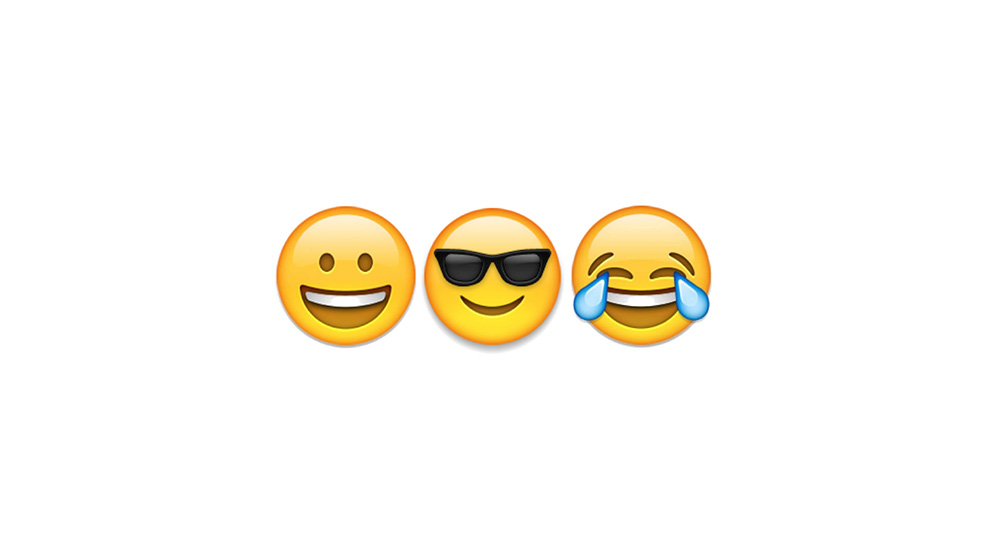WhatsApp laughter linguistically studied
Laughter in WhatsApp messages plays a crucial role in conversation. This is one of the conclusions of two linguists at the University of Neuchâtel who specialize in the analysis of SMS-type electronic short messages.

Emojis like smiley faces, emoticons like ":-D" or a "hahaha": expressions for laughter abound in written exchanges via smartphone. Cécile Petitjean and Etienne Morel from the University of Neuchâtel have investigated how laughter is used in WhatsApp conversations.
Contrary to what one might initially assume, it serves not only to express that one found the previous message amusing. Above all, it also allows the participants to manage the conversation, according to the study's findings.
"The position of laughter in a message and in a sequence of messages allows participants to figure out, for example, at what moment they should speak up - that is, respond to a previous message," the two researchers explained, according to a news release from the Neuchâtel University. Furthermore, they could use it to signal that they want to pursue a topic of conversation further or not.
"Hahaha" serves as a signal
By making a contribution to the conversation that consists only of "Hahaha", the writer shows that he or she is preparing to add more. The "other person" then knows that he or she should not interrupt at this point. In contrast, a laugh at the beginning of the message signals that the other person can speak up and invites him or her to continue the dialogue on the same topic. Using these means of communication is important in that conversations like those on WhatsApp are considered "asynchronous." Unlike face-to-face dialogue, participants do not have access to the genesis of the message, but only to the end result, the researchers explain. Only after a conversation participant receives the message can he or she respond, sometimes with relatively long pauses in between. This asynchrony also leads to disruptions in the sequence of messages - especially when one tries to respond to the other person's previous statement but receives another one from him in the meantime.
Rapidly adapted to new environment
"Our study shows how quickly we adapt our communication routines to a new environment," Petitjean and Morel add. This field of research is still in its infancy due to the relative youth of this form of communication: the first text message was sent only 20 years ago.
The two researchers had collected and analyzed 43 WhatsApp conversations in western Switzerland: a total of 4259 messages. The study, which was supported by the Swiss National Science Foundation and has now been published in the Journal of Pragmatics, is the result of a collaboration between the Center for Applied Linguistics and the project "Whats'up Schweiz?








